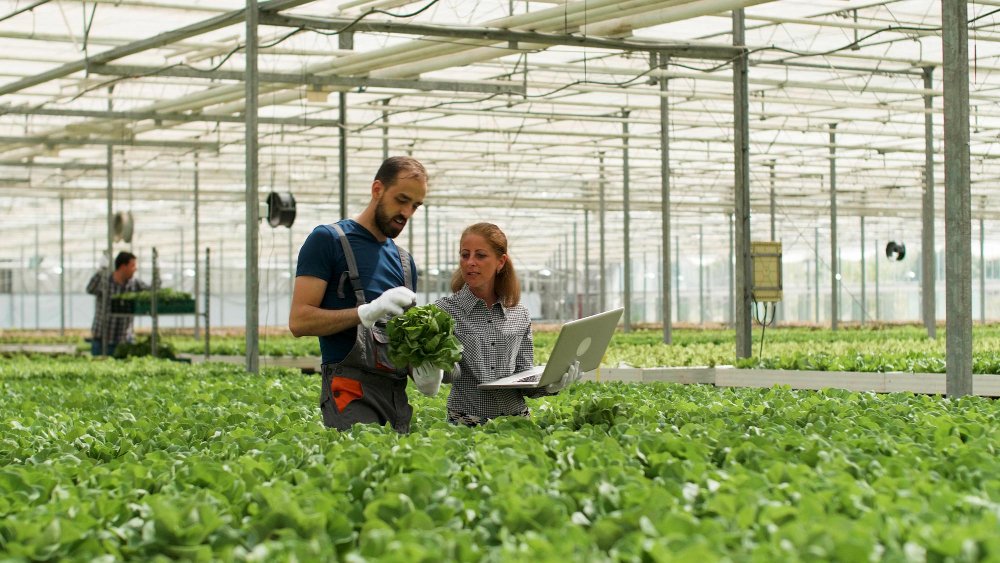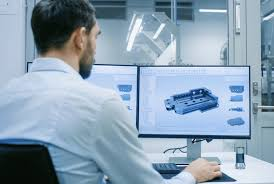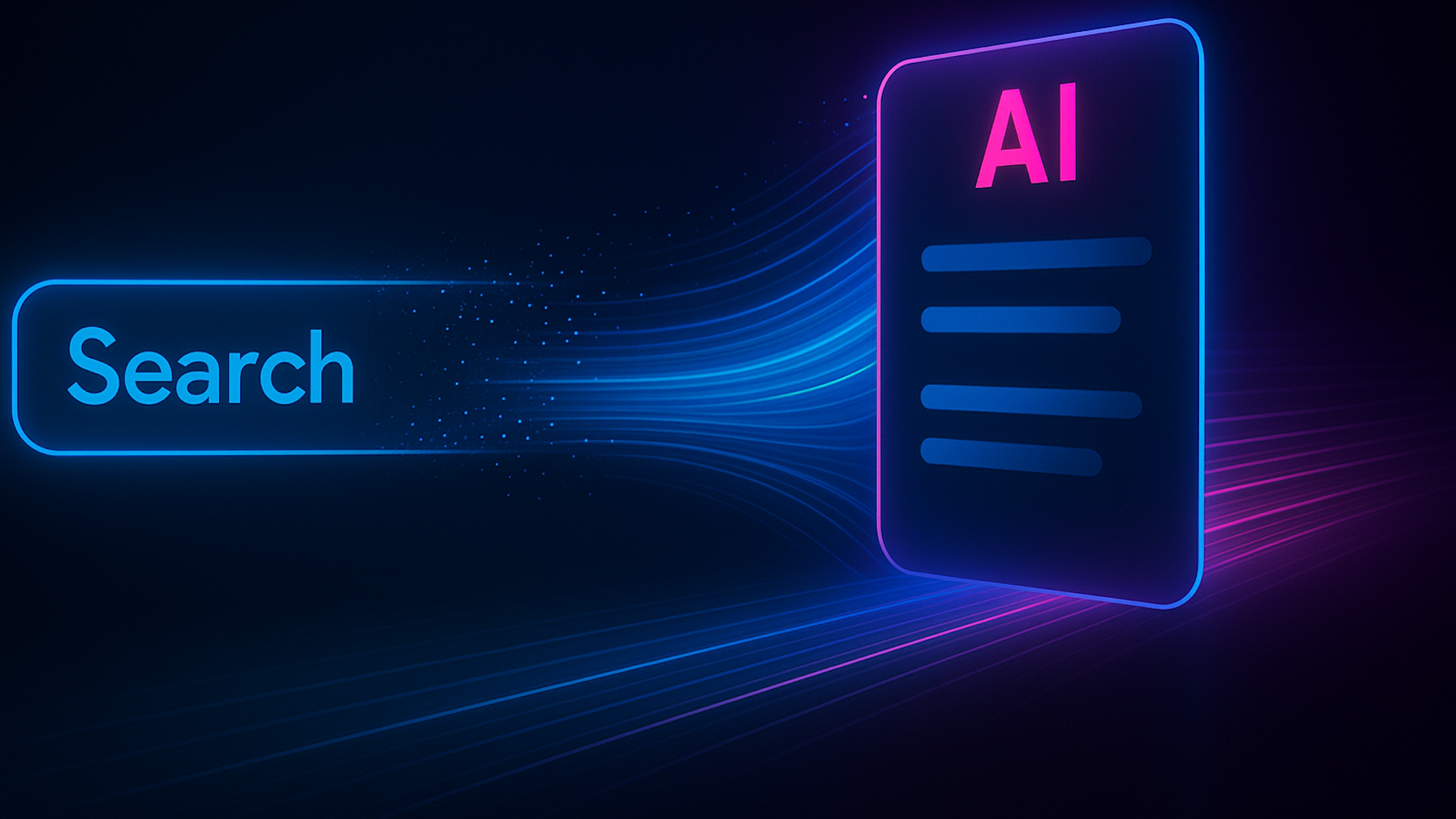Technology has become the backbone of modern agriculture, transforming traditional farming into a data-driven, automated, and highly efficient system. Farmers today rely on advanced tools and intelligent systems to monitor soil conditions, manage irrigation, and optimize crop yields. This digital transformation is largely powered by the Internet of Things (IoT), which connects devices, sensors, and machinery to collect and analyze real-time data.
With the global population increasing rapidly and the demand for food production growing, integrating technology into agriculture is no longer optional — it’s essential. IoT-based systems help farmers make smarter decisions, reduce waste, and enhance productivity while promoting sustainability.
The Concept of Smart Farming
Smart farming refers to the use of modern technologies like IoT, artificial intelligence (AI), and automation to improve agricultural operations. By connecting sensors, machinery, and management systems, farmers can gain valuable insights into their crops, soil, and environment. These insights lead to better decision-making and more efficient resource utilization.
For instance, soil sensors can monitor moisture and nutrient levels in real-time, while weather stations predict rainfall and temperature variations. This data helps farmers decide when to water their crops, when to harvest, and how to allocate resources effectively. The result is higher crop quality, reduced input costs, and increased sustainability.
The Role of IoT in Agriculture
The Internet of Things has opened a new world of possibilities in farming. Through Agriculture IoT systems, devices like soil moisture sensors, temperature monitors, GPS-equipped tractors, and drone surveillance systems work together to create a connected ecosystem. These IoT solutions enable remote monitoring and control of agricultural activities from a smartphone or computer.
For example, smart irrigation systems automatically adjust water supply based on soil conditions, saving water and improving crop health. Similarly, IoT-enabled drones provide aerial imagery that helps identify pest infestations or nutrient deficiencies before they become serious problems. This level of precision would have been unimaginable just a decade ago.
Benefits of Smart Farming Technology
The adoption of smart farming technologies provides numerous advantages to both small-scale farmers and large agricultural corporations.
-
Enhanced Productivity:
Automation and data analytics ensure that every stage of farming — from seeding to harvesting — is optimized. Farmers can make better decisions based on accurate real-time data rather than guesswork. -
Resource Efficiency:
Smart irrigation systems and automated nutrient control reduce water and fertilizer waste. This not only cuts costs but also minimizes the environmental impact. -
Predictive Maintenance:
IoT-enabled machinery can alert operators when maintenance is needed, reducing equipment downtime and extending machine life. -
Reduced Labor Dependency:
Automation lessens the need for manual labor, especially in repetitive tasks like irrigation or pesticide spraying. -
Sustainability:
Technology-driven agriculture supports eco-friendly farming by reducing resource usage and promoting renewable practices.
Artificial Intelligence and Data Analytics in Farming
While IoT gathers real-time data, Artificial Intelligence (AI) processes that data to provide actionable insights. AI algorithms analyze large datasets to predict crop yields, detect diseases, and recommend the best farming practices. For example, computer vision systems can scan crop images to identify pest damage, while machine learning models predict the ideal time for harvesting based on environmental patterns.
Data analytics also plays a major role in optimizing supply chains. Farmers can forecast demand, adjust production, and manage logistics more effectively. With AI and IoT working together, agriculture becomes smarter, more predictive, and highly efficient.
Challenges in Implementing Smart Agriculture
Despite its advantages, smart farming faces several challenges. The initial investment in IoT devices and software can be high, making it difficult for small farmers to adopt. Connectivity issues in rural areas also limit the effectiveness of IoT-based systems. Moreover, handling large volumes of data raises concerns about privacy and data security.
Another challenge lies in technical expertise. Farmers often require training to operate and maintain advanced systems. Bridging this knowledge gap through education and user-friendly designs will be key to widespread adoption.
Automation and Embedded Systems in Farming
Behind every efficient smart farming solution lies powerful embedded technology. Embedded systems play a crucial role in automating farming equipment, monitoring sensors, and processing real-time data. These systems are designed to handle specific functions — such as controlling irrigation pumps, managing greenhouse environments, or operating autonomous tractors — with minimal human intervention.
Developing these systems requires specialized programming and hardware expertise. Many agritech startups and companies collaborate with professionals to build customized embedded solutions for their unique agricultural needs. Hiring an Arduino coder for hire can help businesses develop prototypes and systems that collect accurate data, automate machinery, and integrate seamlessly with cloud platforms. Arduino-based devices are cost-effective, reliable, and ideal for small to medium-scale agricultural automation projects.
The Future of Agricultural Technology
The future of agriculture lies in full automation and intelligent decision-making. Emerging technologies like blockchain, 5G connectivity, and edge computing will further revolutionize how farms operate. Blockchain can bring transparency to food supply chains, while 5G ensures faster data transmission between sensors and servers. Edge computing will allow devices to process data locally, reducing latency and improving system reliability.
In the coming years, we can expect to see fully autonomous farms where drones monitor crops, robots handle planting and harvesting, and AI systems manage resource allocation. As technology advances, farming will become not only more productive but also more sustainable and resilient against climate challenges.
Conclusion
Technology is redefining agriculture in ways that were once considered science fiction. Through IoT, AI, and automation, farmers can now achieve unprecedented control over their operations. Real-time data, precision tools, and intelligent systems are making farming smarter, more efficient, and environmentally friendly.
From small family farms to industrial-scale operations, the integration of technology is the key to meeting future food demands. With continued innovation and collaboration between technologists and farmers, smart agriculture promises to feed the world while preserving the planet for generations to come.
Technology has turned agriculture into a deeply interactive and intelligent experience. From gaming arcades powered by advanced software to AI-driven photo booths that capture memories in real-time, the landscape of digital entertainment is evolving faster than ever. As innovations continue to shape how people play, connect, and share experiences, one thing is clear — the future of entertainment will be defined by technology’s power to make imagination come alive.




Leave a Reply